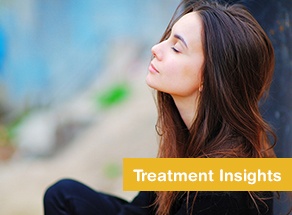Healthcare Policy
Treatment and Research Directions for the Older Cancer Patient
22/02/2015 09:36pm | 8109 viewsOlder adults with cancer are an oft neglected group, especially when you consider that they represent the vast majority of cancer patients. Despite this fact, they are severely underrepresented in clinical research to date, which tends to study treatment options, effects and outcomes for younger populations of patients.
Preventive Care
4 Steps to Manage Your Diabetes For Life - Step 3
17/07/2015 06:00am | 7152 viewsStep 3: Learn how to live with diabetes.
It is common to feel overwhelmed, sad, or angry when you are living with diabetes. You may know the steps you should take to stay healthy, but have trouble sticking with your plan over time. This section has tips on how to cope with your diabetes, eat well, and be active.
Fitness
Raising Cultural Awareness About Diabetes Among Clinicians
01/10/2013 07:38pm | 10376 viewsAccording to the National Diabetes Fact Sheet from CDC (Centers for Disease Control), as of 2011 the U.S. has a total of 18.8 million people with a diagnosis of diabetes. Hispanics are 1.7 times more likely than non-Hispanic whites to develop diabetes. In fact, diabetes is the fifth leading cause of death among Latinos. It is also the leading cause of heart disease, stroke, kidney disease, blindness and amputations.
Preventive Care
4 Steps to Manage Your Diabetes for Life - Step 2
15/07/2015 04:33pm | 8471 viewsStep 2: Know your diabetes ABCs.
Talk to your health care team about how to manage your A1C, Blood pressure, and Cholesterol. This can help lower your chances of having a heart attack, stroke, or other diabetes problems.
Preventive Care
4 Steps to Manage Your Diabetes for Life - Step 4
22/07/2015 06:00am | 7268 viewsStep 4: Get routine care to stay healthy.
See your health care team at least twice a year to find and treat any problems early.





